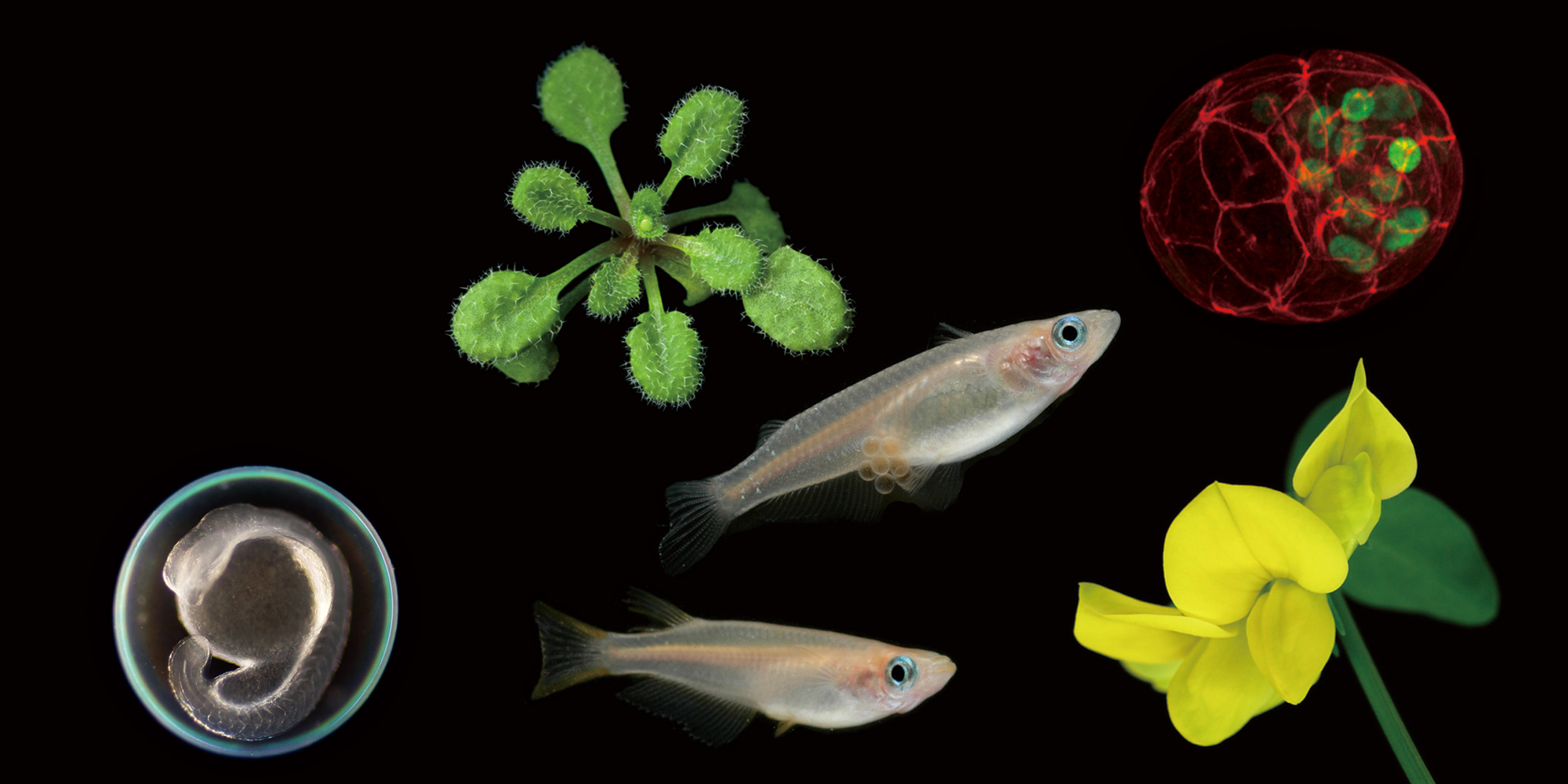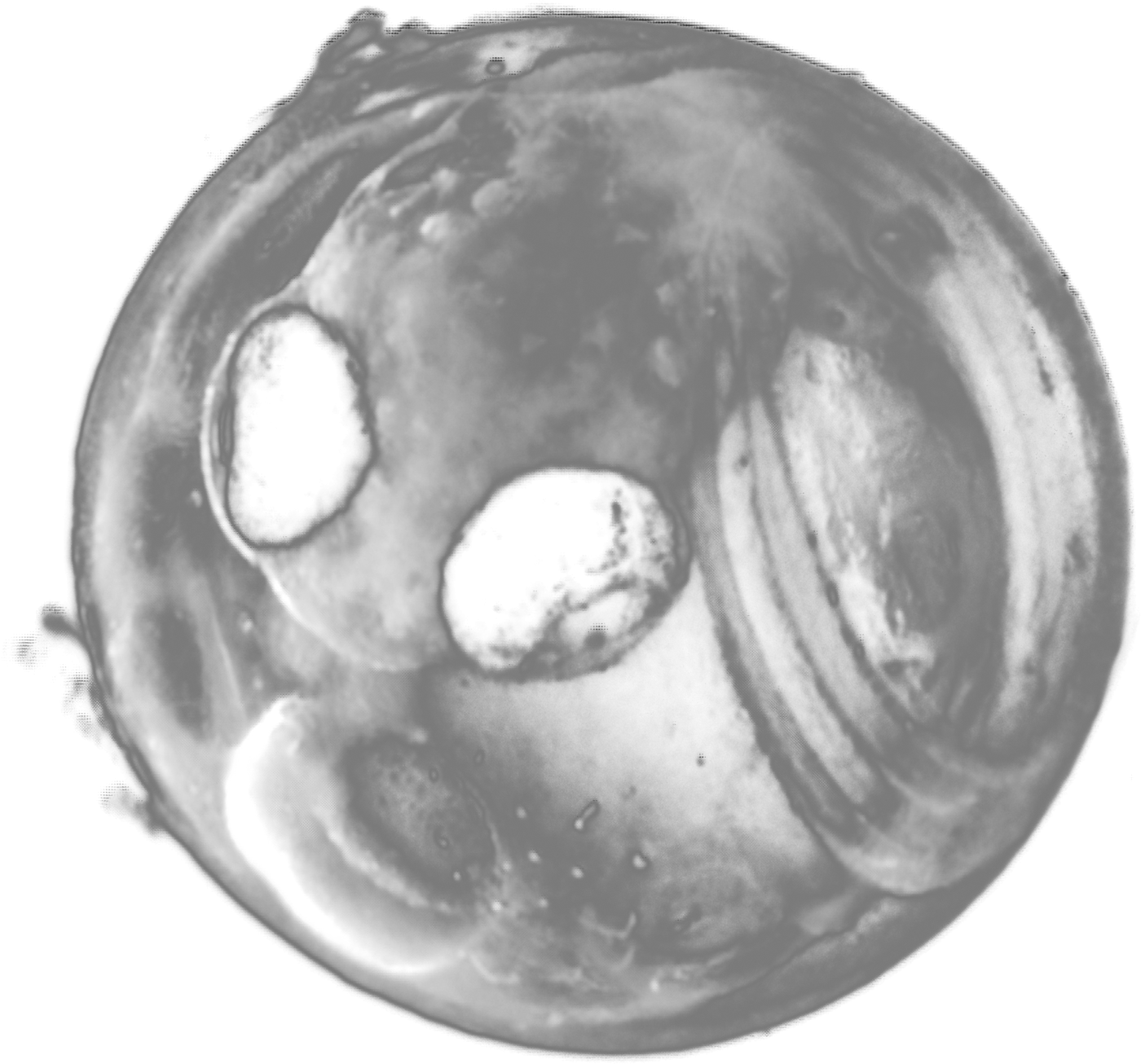2016.05.16
Germ Cells and Stem Cells Maintain Enhanced Genetic Integrity
John R. McCarrey, Ph.D. (University of Texas at San Antonio, USA)
2016. 05. 16 (Mon) 11:00
Common Seminar Room, 2F Bld. 3, Yamate
Division of Germ Cell Biology, Shosei Yoshida (5865)
In 1977, T.B.L. Kirkwood proposed the “Disposable Soma Theory” which posits that because germ cells and early embryonic cells (and, by modern extension, pluripotent stem cells) normally give rise to either entire subsequent generations or to large populations of subsequent cells within an individual body, it is evolutionarily advantageous for these cells to employ mechanisms that maintain an enhanced level of genetic integrity, even if this requires the expenditure of additional energy. We have used the “Big Blue” lacI mutation-reporter transgene system to confirm that both male and female germ cells maintain enhanced genetic integrity relative to that detected in somatic cells from the same individual. We also tracked mutation frequencies in donor somatic cells and in embryos produced by somatic cell nuclear transfer (cloning) and found that the mechanism regulating genetic integrity is subject to epigenetic reprogramming. We confirmed this by conducting direct comparisons of mutation frequencies in pluripotent and differentiated cell populations that shared a common origin and genetic identity. Further we found that transitions between pluripotent and differentiated cellular states, or vice versa, are accompanied by dynamic transformations in the relative stringency at which genetic integrity is maintained. We then tested the hypothesis that pluripotent cells are more resistant than differentiated cells to mutagenic effects by challenging each with the chemotherapeutic agent, methyl mathanesulfonate (MMS) and detecting significantly greater increases in mutation frequencies in exposed differentiated cells than in exposed pluripotent cells. Finally, to elucidate the mechanistic link between pluripotency and enhanced maintenance of genetic integrity, we mined existing databases describing gene expression in pluripotent and differentiated cell types and found significant differential expression of “genetic integrity” (DNA repair and cell death) genes in these cell types. We then analyzed databases describing cistromes of master pluripotency factors in ES and iPS cell types, which revealed abundant direct and indirect interactions between the pluripotency and genetic integrity gene networks in these cells. Taken together, these results confirm and extend the Disposable Soma Theory and indicate that maintenance of enhanced genetic integrity is a fundamental characteristic of both germ cells and pluripotent cells.







